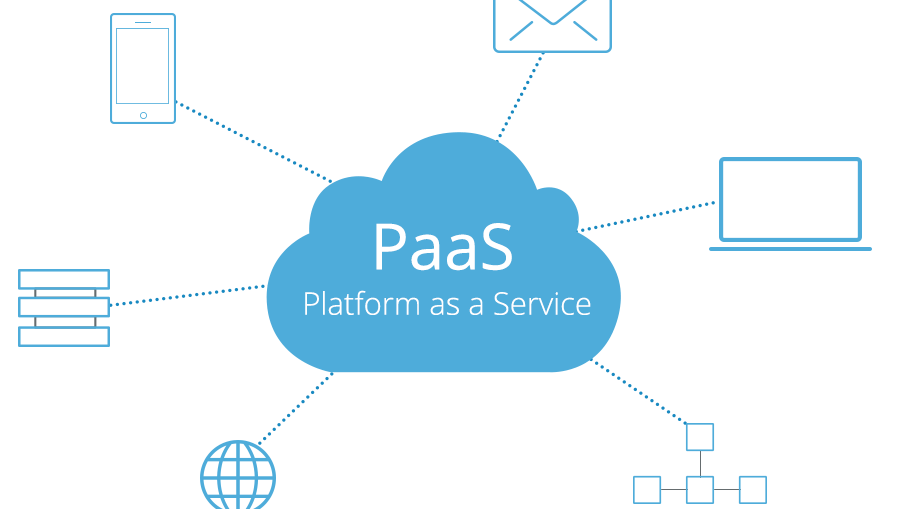PaaS: Five Things You Didn’t Know

The PaaS (Platform-as-a-Service) market has exploded in the last few years, and there’s a good reason for this rapid growth. As organizations increasingly look to securely receive, process, store and scale data as demands dictate, PaaS is providing them with the necessary control and scalability to meet their customers’ demands.

While there is typically wider understanding about some of the other ‘…as a Service’ cloud offerings, there is still a lot to learn about PaaS, with many developers struggling to define exactly what the platform does. Even as basic understanding of the core concept grows, there are many aspects of PaaS that remain shrouded in mystery. Here are five things that you might not know about PaaS:
Platform-as-a-Service is for everyone
The myth persists that PaaS is a platform that simply benefits small start-ups, due to its ability to allow organizations to create and deliver applications without the cost of infrastructure and operations. While these factors mean PaaS certainly is beneficial for start-ups, its benefits don’t end squarely with this end of the market. An increasing numbers of medium-sized enterprises are starting to adopt it, as larger organisations become more switched on to the fact that bringing in agile methodology can reduce the amount of time spent in development cycles.
PaaS platforms differ widely
Different architectures and languages have led to a variable selection of platforms. Applications can now be developed in languages that are tailored to the needs of the individual business. This means that organizations could write a demanding Node.js application that utilises Web Sockets to serve clients, within the same Platform-as-a-Service that’s also running a Java application to execute central processing unit (CPU) intensive image manipulation. This is all very complicated, but because PaaS abstracts the runtime container for the developer, the app’s developers are unaware of this complex background.
PaaS and DevOps can work together
It’s sometimes presumed that Platform as Service and DevOps – a response to the interdependence of software development and IT operations that aims to automate complexity – are two separate concepts that can’t coexist due to a fundamental difference in understanding how applications are built and introduced to the cloud. The reality is that PaaS and DevOps do intersect at the point of delivery by an IT team, and DevOps actually functions as a solid foundation for a fully-functioning PaaS. This ultimately allows for the best of both worlds, with PaaS’ high levels of productivity dovetailing with DevOps’ resolute control.
PaaS is secure and supports important security standards
Despite assurances, there is still a common belief that PaaS isn’t a safe and secure option for storing and processing data as it exists on the internet and is at risk to hackers. However, the vast majority of PaaS providers not only understand these concerns, but remain on the front foot in ensuring they adhere to the latest security standards, with regular updates and penetration tests from skilled ethical hackers.
Platform as Service is a critical component in building applications for the Internet of Things (IoT)
Managing the vast array of devices that connect to the Internet can be very complicated for even the most accomplished of developers, but Platform as a Service provides the mechanism that enables them to control the whole application environment from one central location. PaaS sits above the virtualised layer (IaaS) and utilises the infrastructure resources provided. This lets app developers build applications without worrying about the execution environment of the app, or how to scale it.
In addition to providing a way to manage applications, the PaaS also offers control over the services that applications can access. This is critical in IoT application development, because the ever increasing volume of sensor data that’s being transmitted over the network needs to be controlled.
As developers begin to fully understand the potential scope and opportunities from PaaS the industry faces an exciting journey ahead. By reducing the complexity and cost of managing disparate systems and configurations, these individuals can become more and more agile.
Tags
Bestarion Website Admin



